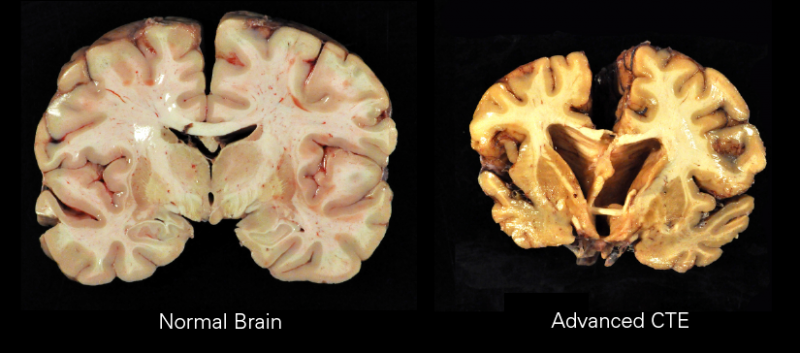What causes concussion?
Concussions are caused by head trauma, often a blow to the head in which the brain hits the opposite side of the interior of the skull. Common causes of concussion include motor vehicle accidents, falls, and sports injuries. Concussions are classified as mild traumatic brain injury and often characterized by mild cognitive impairments without physical signs identifiable by an MRI or CT scan.
After a concussion occurs, a series of events known as a neurometabolic cascade occurs. The steps occur as follows:
- Non-specific depolarization
- Cells contain small molecules called ions that normally exist at specific concentrations inside and outside the cell. When these concentrations are disrupted, the charge of the cell changes and causes other events to occur
- Release of excitatory neurotransmitters
- Potassium efflux
- Increased activity of ion pumps to restore the resting state
- Hyper glycolysis to generate more ATP
- Lactate accumulation
- Calcium influx and sequester into mitochondria leading to oxidative metabolism
- Decreased ATP production
- Overactivity leads to cell death
These changes occur in a cascade one after another and the whole process can have impacts for approximately 7-10 days. These changes make the person especially susceptible to another brain injury. This is where second impact syndrome comes in and why injured people are not supposed to return to their prior activities too quickly. After a concussion, the brain uses all of its resources to repair the damage, so there is nothing else for it to give. When a second concussion occurs, there is nothing left to heal the damage. This is especially important because 50% of all athletes who have experienced second impact syndrome died.
Long term impacts of concussion
A lesser understood risk of concussion is development of a neurodegenerative disorder called CTE. CTE is a form of dementia with similar symptoms to Alzheimer’s disease, but important differences occur. Both disorders can only be diagnosed through autopsy and neither disorder has a cure. Repeated brain injury increases risk for all kinds of degenerative disorders, but each one has its own unique risk factors and these changes are not well understood.
- Symptoms of CTE include
- Confusion and agitation
- Personality changes
- Erratic behavior
- Troubles with organization and planning
- Balance and motor skill problems
- Symptoms of Alzheimer’s include:
- Difficulty remembering new information is usually the first sign
- Gradual increase in level of severity
- Disorientation
- Mood and behavior changes (often directed toward family members)
- Eventually difficulty in life maintaining activities like eating, moving, and breathing
CTE vs Alzheimer’s Disease
| CTE | Alzheimer’s |
| Can show symptoms as early as age middle age | Most commonly shows symptoms in late adulthood |
| Tau proteins surround small blood vessels | Tau proteins surround B plaques |
| Catalyzed by repeated brain injury | Largely genetic |
| Lacks diagnostic criteria | Relatively well understood symptomology |
Especially shocking, 99% of NFL athletes who donated their brains to science were found to have CTE.
To learn more about Alzheimer’s disease, visit the Alzheimer’s Associate website.
Clearly, concussions are dangerous and can have severe impacts. The question then becomes: What do we do about it?
Lately, helmets have been a large topic of discussion surrounding concussions. . From 2016 to 2017, concussions in the NFL increased by 16%. 2017 and 2018 showed a slight decrease in concussions, though the league still recorded well over 200 concussions each year. As of 2019, the NFL passed new regulations that required all players to wear an approved helmet to engage in any kind of practice or games on the field. The regulation was the first of its kind as players could “grandfather in” helmet types that had been used in the past. Before this, helmets had not changed significantly since the 70s.
Current relevance
On November 15th, 2019 Myles Garrett hit Mason Rudolph with his own helmet during the final seconds of the third quarter in a game between the Steelers and the Brown. The whole story as well as video is available here. After hearing some of the science behind head injury, you may see this story a little differently. Are there viable changes that can be made to the sport or is head injury simply and inevitable consequence of playing professional football?
